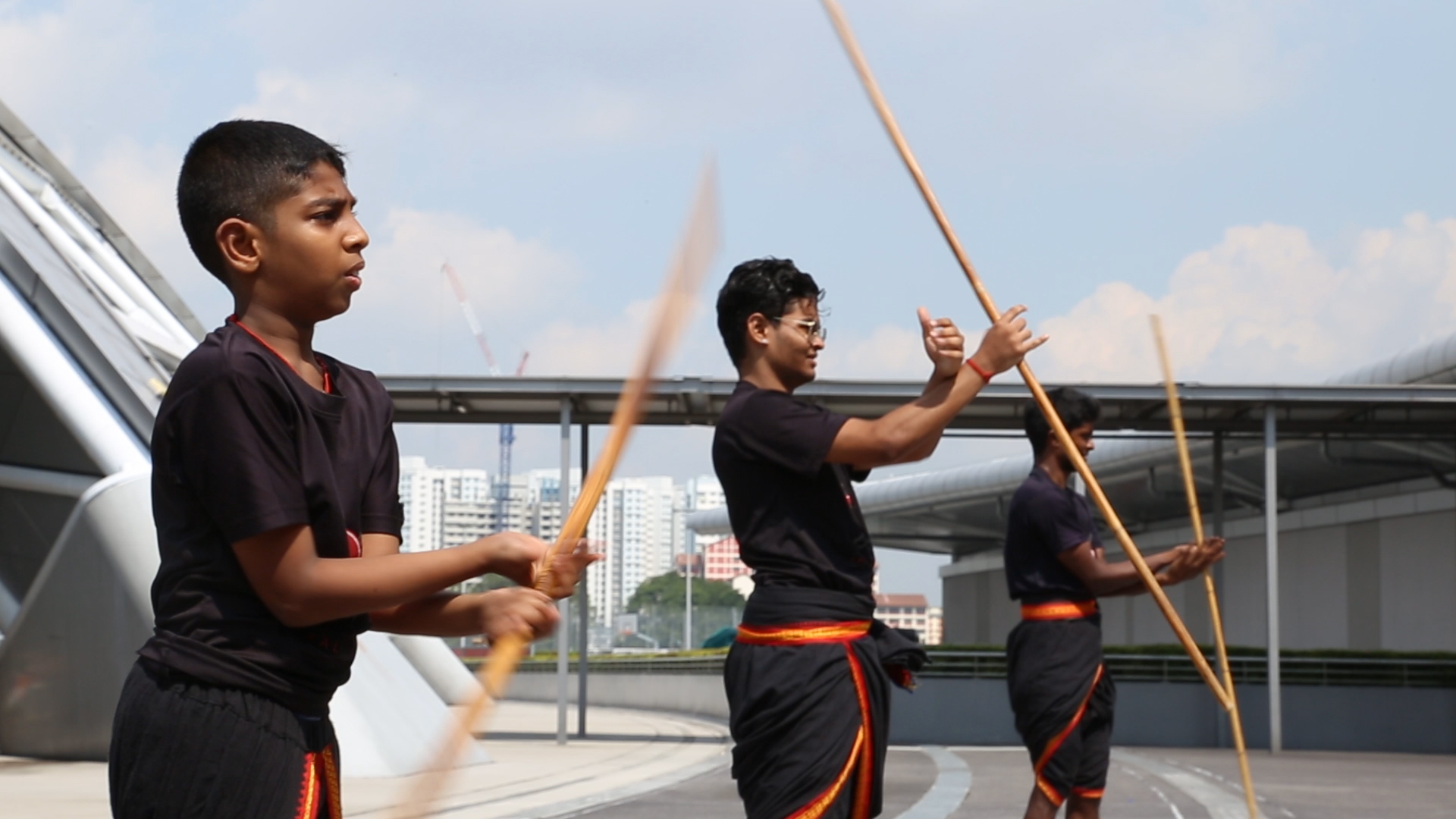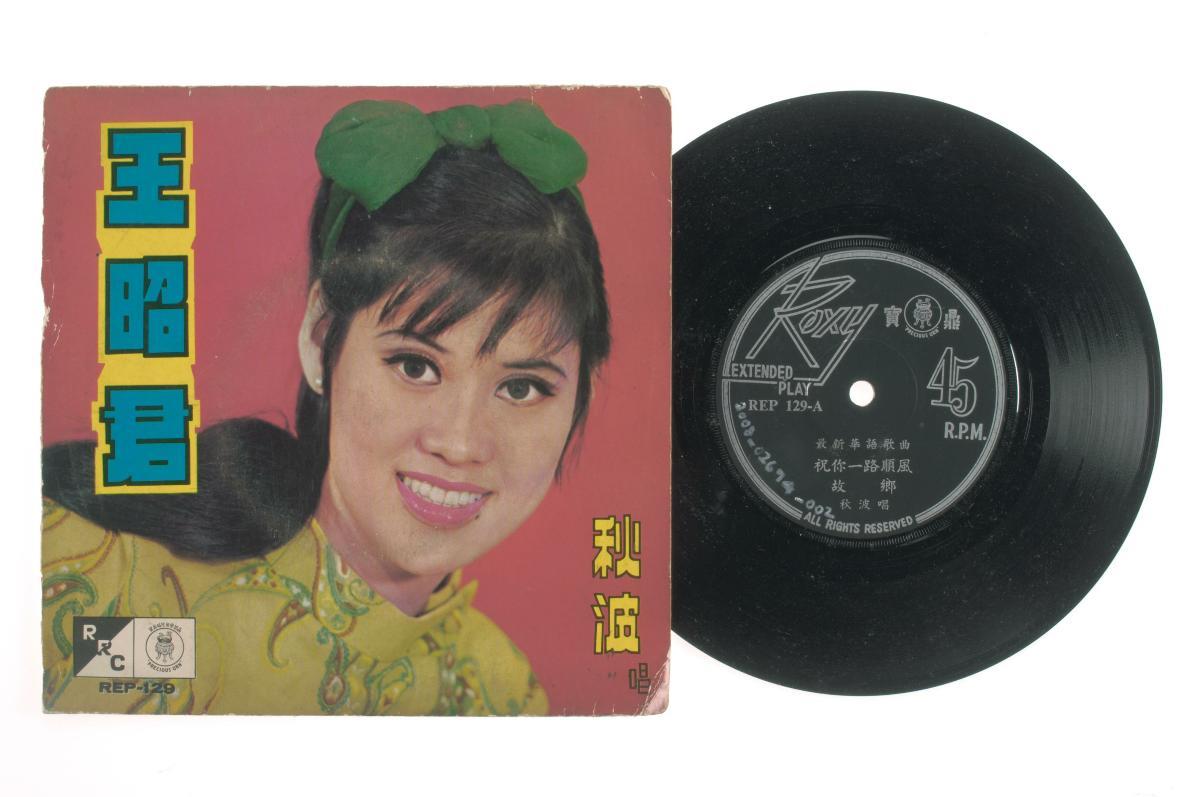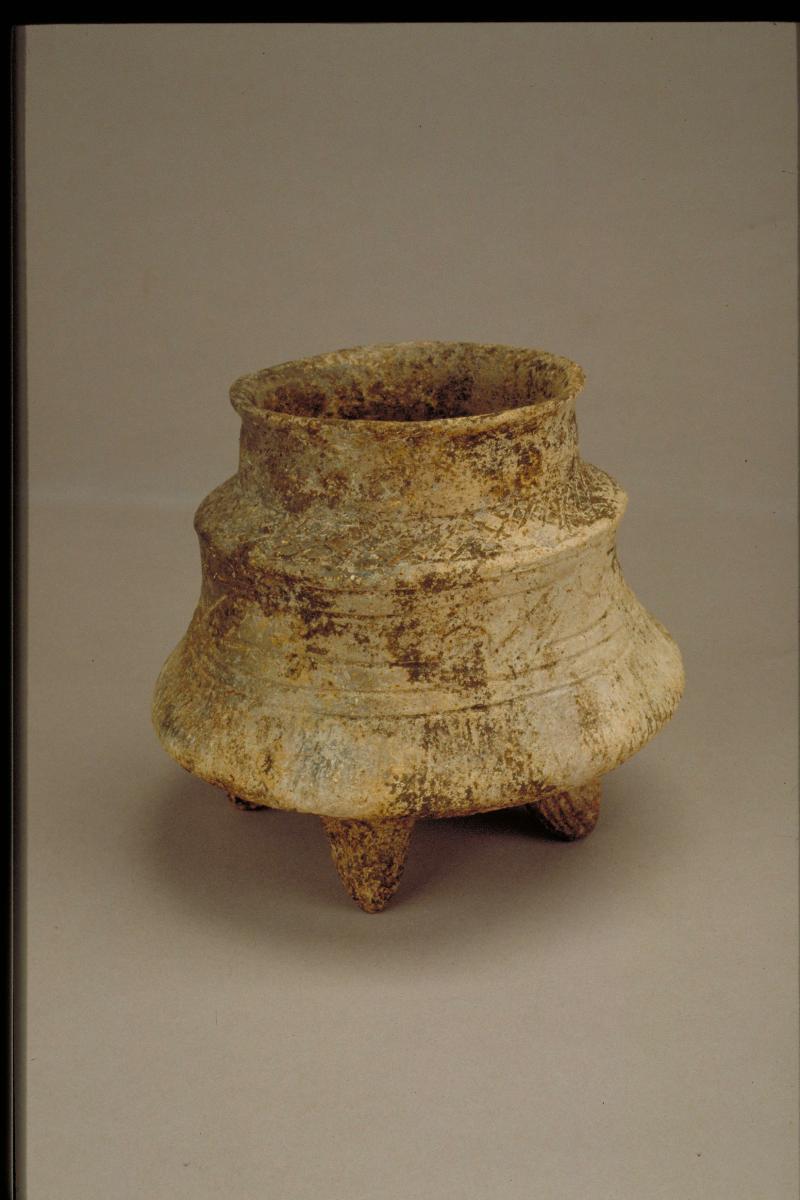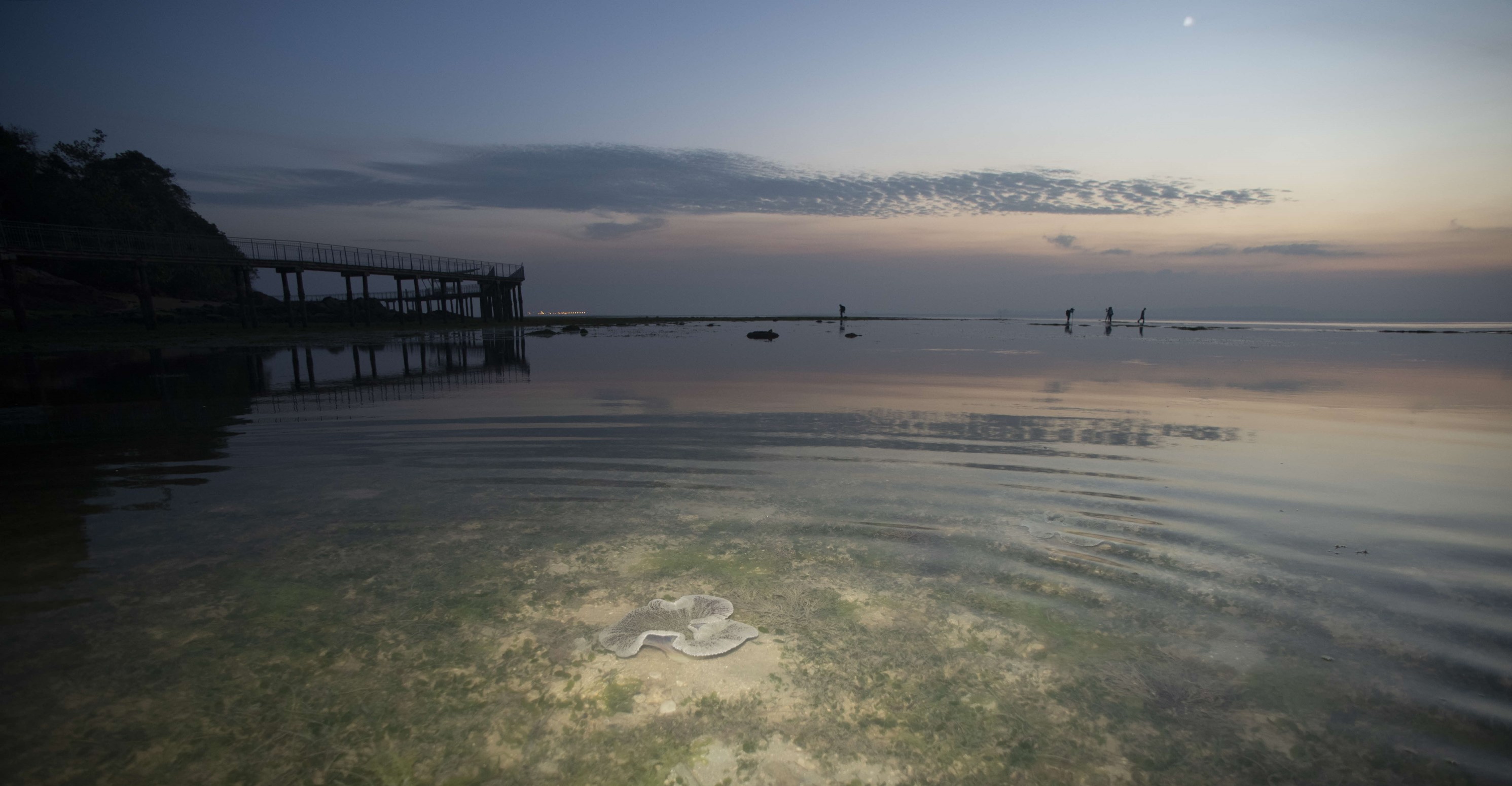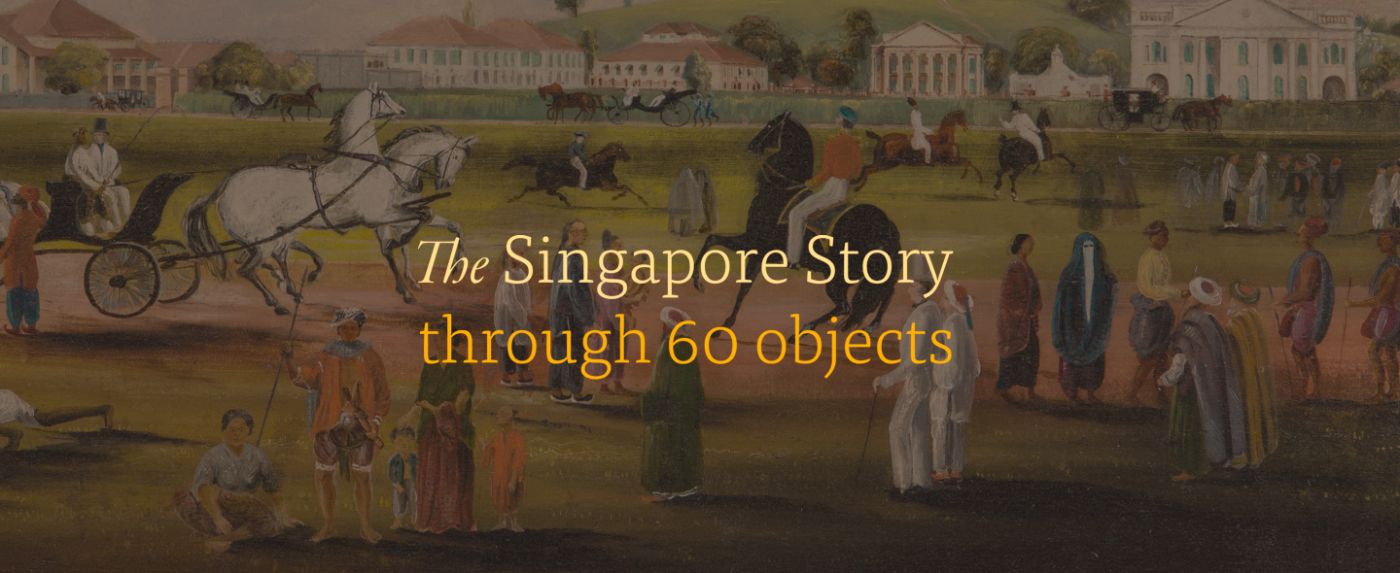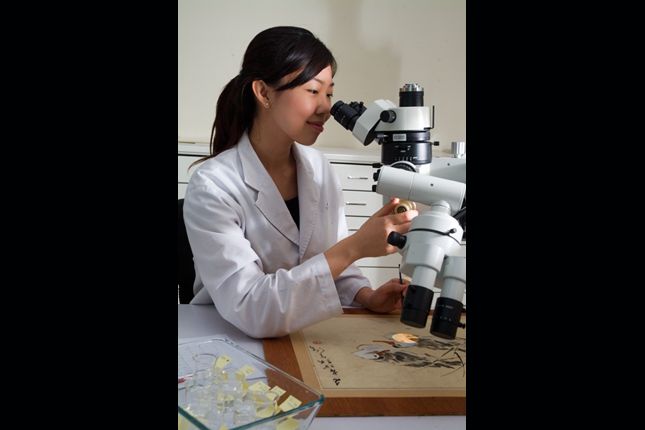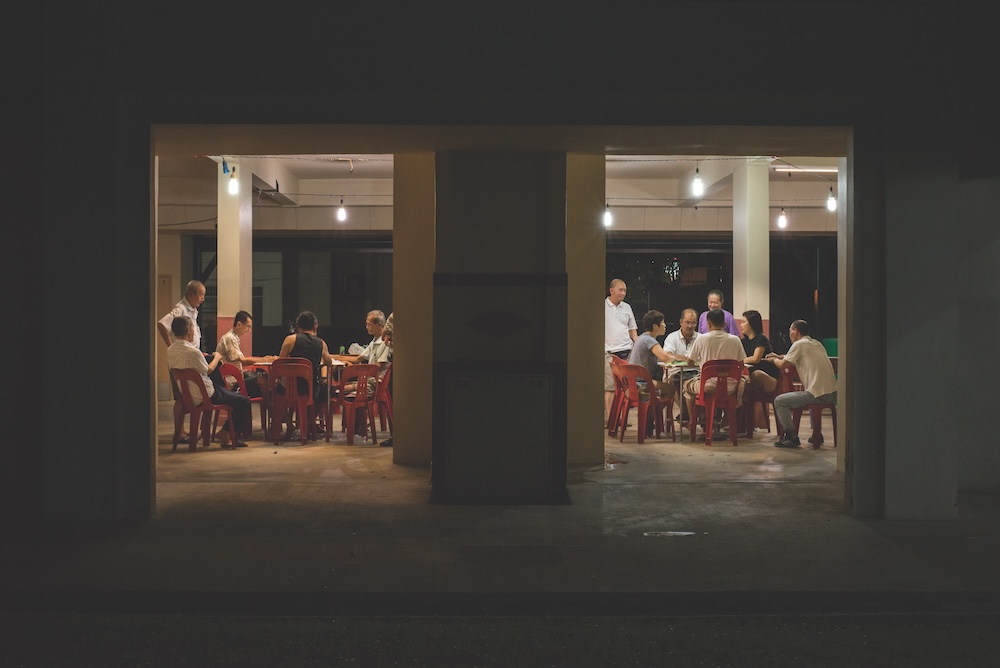Silambam
Silambam is a form of martial art involving the act of fencing using a long staff. The staff is typically made of bamboo and can vary in length according to the practitioners’ height. The kaaladi (footwork) involved in silambam is intricate and considered key to mastering the martial art form. It is only when the footwork is grasped before the masters are willing to teach the kuttu varisai (bare hands movement) and staff movements to amateur silambam practitioners. The kuttu varisai is necessary to prepare practitioners to master the movements that comes with handling of the staff. Although these are key elements of footwork and hand movements under silambam, there are various sub-sects that offer and practise different styles of movements, footwork, postures and methods of attack.
Geographic Location
Silambam is believed to have originated from the southern part of India. The early contacts between communities from South India and Southeast Asia have resulted in the practice of silambam being brought into the Malay Peninsula.
In Singapore, silambam is taught in martial arts schools.
Communities Involved
In ancient India, silambam was only taught to men of the Nair caste. It used to be a gendered martial art where practitioners were mostly men, and skills were passed down from father to son. In recent times, there are increasingly more women who practice the martial art form in both India and Singapore.
In Singapore, silambam is practised largely by the Indian community in Singapore including the Tamil, Malayalee, Telugu, Kannada and Gujarati sub-ethnic groups, as well as people from various backgrounds who are keen to learn on the practice.
Associated Social and Cultural Practices
Oral folktales on the origins of silambam in India mention how silambam may be linked to a story involving a sage called Agastya who encountered Lord Murugan and learned forms of meditation from him. Agastya then conceived texts and practices that formed the basis of silambam. There are also records of how silambam was present during the Chola, Chera and Pandya Empires in South India from 3rd century BC to 3rd century AD.
In Singapore, silambam is taught at the Kalari Academy, the only martial arts school for silambam today. As with other forms of traditional martial arts, practitioners benefit from values such as discipline and mindfulness that are inculcated through the practice. The art form is also increasingly popular as a form of self-defence.
Experience of Practitioner
Mr Vedagiri Govindasamy is the founder and chief instructor of the Kalari Academy in Singapore which has been teaching silambam since 2014. He was first encouraged to pick up silambam by his father, who enrolled him into Mr Eddie Edwards’ school, a silambam pioneer who brought the martial art form from Kerala, India to Singapore in the early 1980s. Thereafter, Mr Vedagiri has visited India several times to better his knowledge and to learn silambam from different schools.
Mr Vedagiri believes that students should first build a strong foundation before moving on to more advanced levels, such as the use of weapons. However, he points out that people modify and adapt the practice to suit their skills and physical attributes. It is also important, he says, to learn the different styles of silambam as this adds more depth to one's ability, confidence and fighting technique.
Mr Vedagiri and his team from The Kalari Academy continue to reach out to youth, and to bring fresh approaches and modern interpretations to this martial art form.HTML
Present Status
Silambam continues to be practised and transmitted through martial arts academies which offers classes and training programmes for people who are keen to learn the practice.
References
Reference No.: ICH-015
Date of Inclusion: April 2018; Updated March 2023
References
Dass, Prabhavathi. “Silambam, Indian art of self-defence”, The Straits Times. 26 June 1987.
Vallikappen, Ankita. “A true friend of immigrants”, Asia One, 7 Mar 2014, www.asiaone.com/singapore/true-friend-immigrants. Accessed 2 Feb 2018.
Ong, Justin. “’Let it Die Out’: The Singaporean martial art nobody wants to learn” Channel News Asia. 23 Sep 2017, www.channelnewsasia.com/news/singapore/let-it-die-out-the-singaporean-martial-art-nobody-wants-to-learn-9238360. Accessed 27 Dec 2018.
Kalari-Payat Silambam Centre Singapore. “Introduction”, 2018. http://kalaripayatsilambam.blogspot.com. Accessed 27 Dec 2018.
Silambam Asia. “Introduction” https://silambam.asia/silambam-about.html. Accessed 27 Dec 2018.
The Kalari Academy. “Instructors”, 2018, http://www.thekalariacademy.com/-instructors.html. Accessed 27 Dec 2018.




